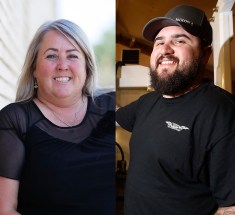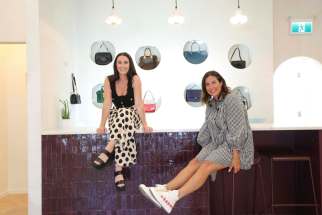Life after COVID-19 Tame and terrifying, mild and miserable, recovered and still recovering: testing positive means different things to different people
Read this article for free:
or
Already have an account? Log in here »
To continue reading, please subscribe:
Monthly Digital Subscription
$0 for the first 4 weeks*
- Enjoy unlimited reading on winnipegfreepress.com
- Read the E-Edition, our digital replica newspaper
- Access News Break, our award-winning app
- Play interactive puzzles
*No charge for 4 weeks then price increases to the regular rate of $19.00 plus GST every four weeks. Offer available to new and qualified returning subscribers only. Cancel any time.
Monthly Digital Subscription
$4.75/week*
- Enjoy unlimited reading on winnipegfreepress.com
- Read the E-Edition, our digital replica newspaper
- Access News Break, our award-winning app
- Play interactive puzzles
*Billed as $19 plus GST every four weeks. Cancel any time.
To continue reading, please subscribe:
Add Free Press access to your Brandon Sun subscription for only an additional
$1 for the first 4 weeks*
*Your next subscription payment will increase by $1.00 and you will be charged $16.99 plus GST for four weeks. After four weeks, your payment will increase to $23.99 plus GST every four weeks.
Read unlimited articles for free today:
or
Already have an account? Log in here »
Hey there, time traveller!
This article was published 21/08/2020 (1939 days ago), so information in it may no longer be current.
It’s been five months since the COVID-19 pandemic hit Manitoba, sparking fear, uncertainty and a constant, resounding call from authorities to stay safe. Since then, more than 800 people have contracted COVID-19 in the province; more than 550 have recovered, but there have been 12 deaths.
Four Manitobans who’ve come out on the other side of the virus have shared with the Free Press what their lives are like now. COVID-19 has no boundaries — it attacks all ages, backgrounds and ethnicities. Experiences and outcomes with the illness are just as varied.
A 29-year-old man spent time in an intensive-care bed at Grace Hospital. A 35-year-old said he’s had a worse experience with the flu. A 66-year-old man was placed into a medically-induced coma; a 53-year-old woman had few concerns about her own health but was worried about those around her.
The only thing they had in common was travelling in the days before they got sick.
All share the same message: COVID-19 is real, and it’s important to follow public-health protocols to keep everyone safe.
Ryan Slobodesky
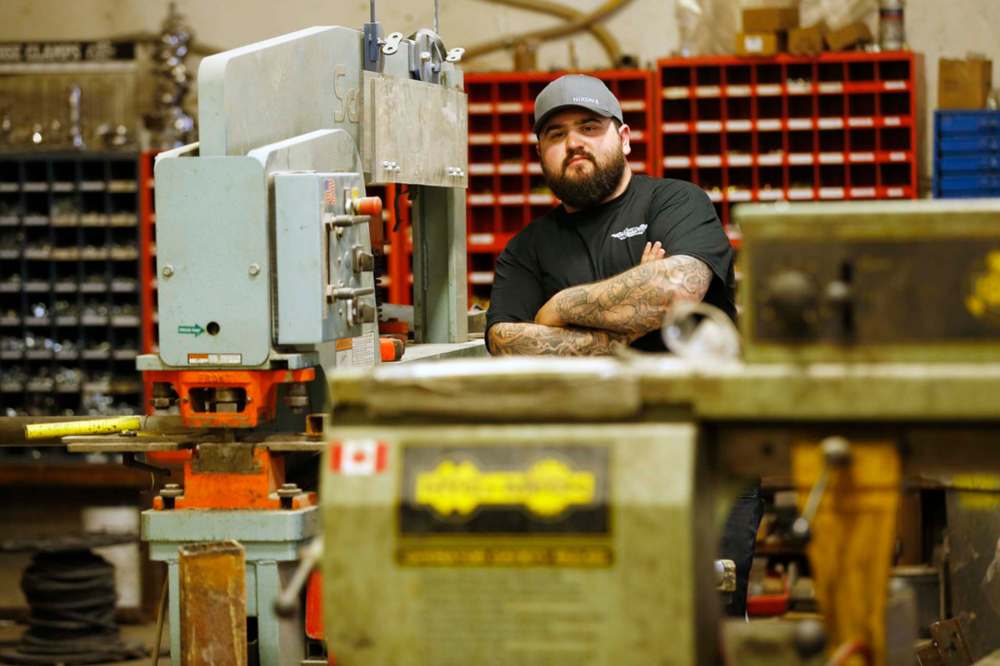
A healthy 29-year-old fabrication shop manager, Slobodesky was in Las Vegas in March and flew home earlier than planned as news of COVID-19 spread.
He felt fine until his 13th day back home.
“It was about six in the evening when it hit me like a bag of bricks,” he says.
His knees ached. He started to feel weak. He had a bad headache — his eyes hurt if he looked left or right — and he had a fever. He got tested, but it came back negative.
“I was extremely uncomfortable,” he says. “Now I’m thinking, ‘What’s really wrong with me?’”
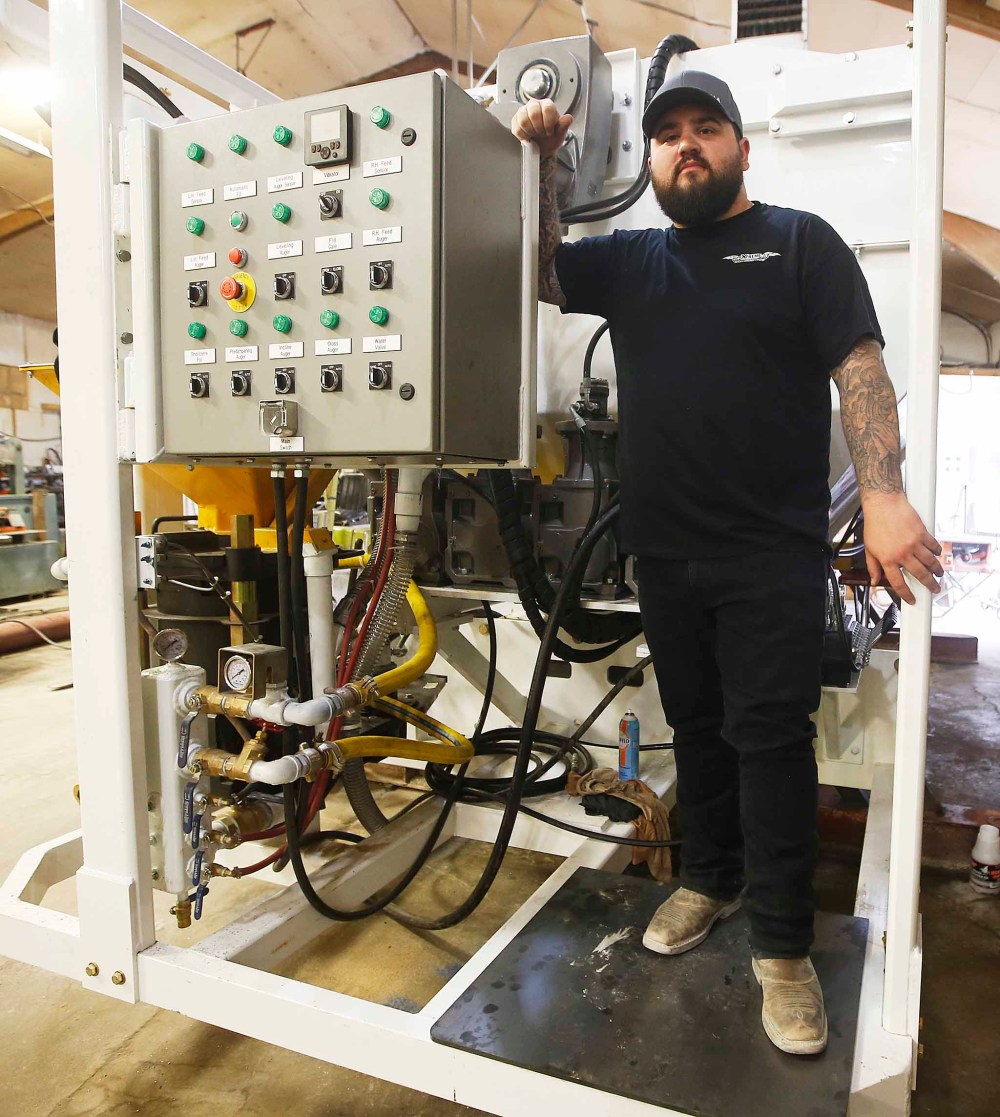
He stayed home and got progressively sicker, and began to struggle with breathing. Fluid filled his lungs. At one point, he video-called his sister, who watched him turn from pale to yellow. She called an ambulance, and Slobodesky ended up in Grace Hospital.
“My second test at this point didn’t come back yet, so they weren’t sure,” he says. “I was more of an assumed case.”
Nurses took his blood three times a day. He was on oxygen and a regime of vitamins and antibiotics. He was moved into the intensive-care unit, where doctors checked in on him hourly.
The second test came back positive. In a few days, his breathing started to normalize and he was taken off oxygen. He spent a week in hospital and was sent home via a stretcher service and told to wait 24 hours after his symptoms disappeared before going out in public. He waited a week.
“I was sick for a long time, so once I got home, I was motivated to do all the things I couldn’t before, like clean my house,” Slobodesky says. “I got tired extremely fast. I tried to do some laundry in the basement, and I’d do the stairs and lose my breath instantly.”
He feels “normal” now, but his lung capacity isn’t what it used to be.
“I find myself getting tired a little quicker than usual,” he says. “It’s kind of eye-opening. I’m a young guy, and I think I’m invincible till something like this happens. It really opens your eyes to, ‘You know what? Anything can happen.’”
He’s back at work and trying to maintain a sense of normal. At least, normal during a pandemic.
And he has a greater appreciation for life.
“(COVID-19 has) taught me to enjoy my life a little more and not be so serious like I used to be,” he says, adding he’s trying to be less of a workaholic.
He’s relieved that his 60-year-old mother hasn’t caught the virus, given the risk appears to increase with age.
“If my mother went through this, it would’ve had a different outcome,” he says.
People don’t treat him differently now, he says. If anything, folks are curious about his experience. But in the beginning, some people ran away. Others understood he wasn’t going to make them sick, but kept an appropriate distance.
“I don’t blame anybody for how they reacted,” he says. “This is new to everybody.”
And he “can’t say enough good things” about the staff at Grace Hospital who got him through the ordeal.
Neil Funk-Unrau

Getting in and out of the bathtub without help was a big deal for Neil Funk-Unrau.
He accomplished it nearly four months after he was admitted to St. Boniface Hospital with severe respiratory symptoms on March 27.
Life is very different now for the semi-retired 66-year-old college instructor who suffered several strokes while in a medically induced coma for more than three weeks. He awoke weakened, struggling to speak.
Recovery has been difficult.
“My voice is a bit slurred. It was definitely quite noticeable; I was having trouble speaking and articulating and even just projecting my voice quite a bit when I first came out of the coma,” he says.
“A lot of it was the physical and having to gain the strength to be able to get out of bed, to be able to walk. Even now, I have a cane, I have a walker here at home I have used from time to time. I use a cane, not continuously, but if I am taking any kind of longer walk or engaging in anything more strenuous, I have at least the cane or walker with me.”
Funk-Unrau and his wife returned from Cuba on March 15. His wife works in the public health field and had to be tested. When her test came back positive, he got screened.
“I thought I was feeling a bit more of it, but not to the point that I felt really alarmed by shortness of breath. I just remember the hospital staff taking over and things moving along really quickly. I don’t think I realized at the time how sick I actually was.” – Neil Funk-Unrau
Other than feeling a little short of breath, he wasn’t exhibiting any symptoms. But his oxygen level was so low that he was transferred from the testing site to St. Boniface Hospital. His condition deteriorated rapidly.
“I thought I was feeling a bit more of it, but not to the point that I felt really alarmed by shortness of breath,” he says. “I just remember the hospital staff taking over and things moving along really quickly. I don’t think I realized at the time how sick I actually was.”
He’s currently working with a speech therapist and is planning to return to his part-time position at Menno Simons College, where he’ll be teaching his restorative justice course via Zoom.
It’ll be nice to get back to normal, he says, adding he’s aware that means something else now.
“There’s some physical weakness that I imagine will be longer lasting,” he says. “I certainly don’t do some things I used to do, like shimmy up a ladder to clean the eavestroughs and those types of things.”
He says his experience with COVID-19 has reinforced the idea that the virus is something people need to take seriously, but at the same time he doesn’t want to live in fear.
Funk-Unrau says he’s getting a lot of support to help him through his lengthy recovery. His wife organized a drive-by event in June; family and friends stopped by to chat and wish him well on the front lawn.
“It was quite an uplifting time and I think that kind of support has been essential to help me maintain a positive attitude throughout this whole time,” he says.
“This sort of slowly struggling to regain strength and get better, just knowing there’s that much support makes a huge difference.”
Ryan Caligiuri
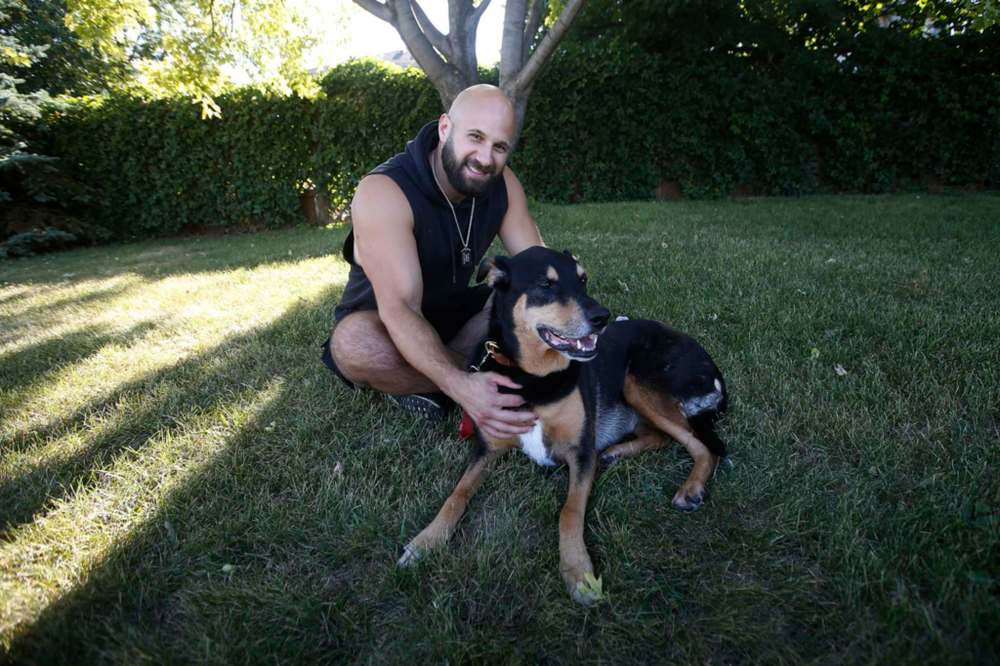
Meditation, exercise and connecting with others are more important to Ryan Caligiuri after his bout with COVID-19.
Caligiuri, 35, started getting chills while vacationing in Mexico in March. After returning to Manitoba, he tested positive for the novel coronavirus and became the province’s 26th case. He self-isolated at home with a fever that reached 38.9 C (102 F) and fatigue that made him sleep 20 hours a day.
The marketing expert started feeling better by the end of March.
“After a week or two, I felt great,” he says.
He started jogging and taking his dog Roxy for walks.
“I found that it was my cardio… that was much less,” he says. “I’d be out of breath faster… I’d never experienced that before.”

Caligiuri exercised five times a week before he contracted COVID-19. Now, he’s back to his routine of running, weightlifting and high-intensity interval training workouts. He said he feels like his “normal” self again, but it took a while.
“Exercise, the importance of it, has really doubled down for me,” he says. “It’s become even more important to take care of (myself), to eat right.”
When Caligiuri started getting outside again, he posted a video online to show others he was OK.
“I think a lot of people felt sympathy for me. They were so scared, they were so worried,” he says. “I felt it was my job to let people know, ‘Hey, I’m OK, don’t worry about it.’”
Even so, he faced backlash in the comments. Facebook friends told him to stay inside, but he wasn’t sick any longer and had clearance to go out from public health officials.
“Certain people didn’t want to be near me,” he says. “I think it’s just something people had to get used to. They were scared, they didn’t quite know, so they had to get used to it and cope in their own ways.”
It’s been five months since Caligiuri recovered; people treat him as they did before he got sick. But in many ways, he has changed.
The pandemic has shown him how special it is to see others, even if it’s through video calls. He took to watching funny movies, listening to podcasts and practising meditation while on the mend. Those activities helped him combat some of the fear, he says.
“Certain people didn’t want to be near me. I think it’s just something people had to get used to. They were scared, they didn’t quite know, so they had to get used to it and cope in their own ways.” – Ryan Caligiuri
“I wasn’t a big fan of meditation, but when I noticed (my) stress levels increasing, I said, ‘OK, let me try something new and see if this works.’ And it ended up working quite well — I continue to do it today.”
As someone who’s career focuses on peoples’ minds, Caligiuri said the levels of depression during the pandemic have alarmed him.
“I think that a healthy dose of fear is important, but not so much that fear freezes us,” he says, adding that he’d recommend everyone tries exercise, meditation or taking time to learn something new to improve their mental health instead of spending time on social media.
Over the last three years, Caligiuri has battled COVID-19, a nasty bout of the flu and hand-foot-and-mouth disease. COVID-19 was, for him, the mildest of the three, but he worries about senior citizens and people with pre-existing conditions.
Nicole Rebeck

Nicole Rebeck’s phone was glued to her ear for three days as she shifted back and forth between her dining-room table and her living-room couch, making difficult phone calls.
Rebeck, 53, received the news on March 17 that she tested positive for COVID-19. She said she didn’t have any symptoms and she wasn’t worried about herself. That night she reached out to every person she’d been in contact with since returning from a trip to Denver earlier that month.
“I was horrified, horrified… I phoned everybody because I felt it was my responsibility to do that and explain everything I knew,” Rebeck says.
“I made myself available and answered as many questions as I could… I stayed on the phone for three days and I easily had two to three breakdowns where I was just overwhelmed with what could be, what might have happened.”
When she landed back home in Winnipeg near the beginning of the pandemic, her father asked her how she was feeling and told her there had been positive cases of COVID-19 reported in Denver while she was there.
“I then did a little bit of research on what COVID was all about,” she says. “Then I just started watching the news like everybody else. The first thing that I noticed was that there was a breakout in a nursing home in Vancouver, and I had just been to see my 80-year-old aunt in a nursing home, which kind of made me think twice about that.”
“I didn’t have any of the symptoms that they were referencing at that time and still are referencing– fever, shortness of breath, cough, sore throat. I didn’t have any of those things.” – Nicole Rebeck
And Rebeck was worried about her 79-year-old father who has asthma, and her sister, whose daughter has Down syndrome and a congenital heart defect. She was relieved when they all tested negative.
There was shock, however, when her test came back positive.
“I didn’t have any of the symptoms that they were referencing at that time and still are referencing — fever, shortness of breath, cough, sore throat. I didn’t have any of those things,” she says.
“The common symptoms that people have that are very scary, they can’t breathe, they feel like they have a weight on their chest, the fever they can’t shake, I had nothing like that.”
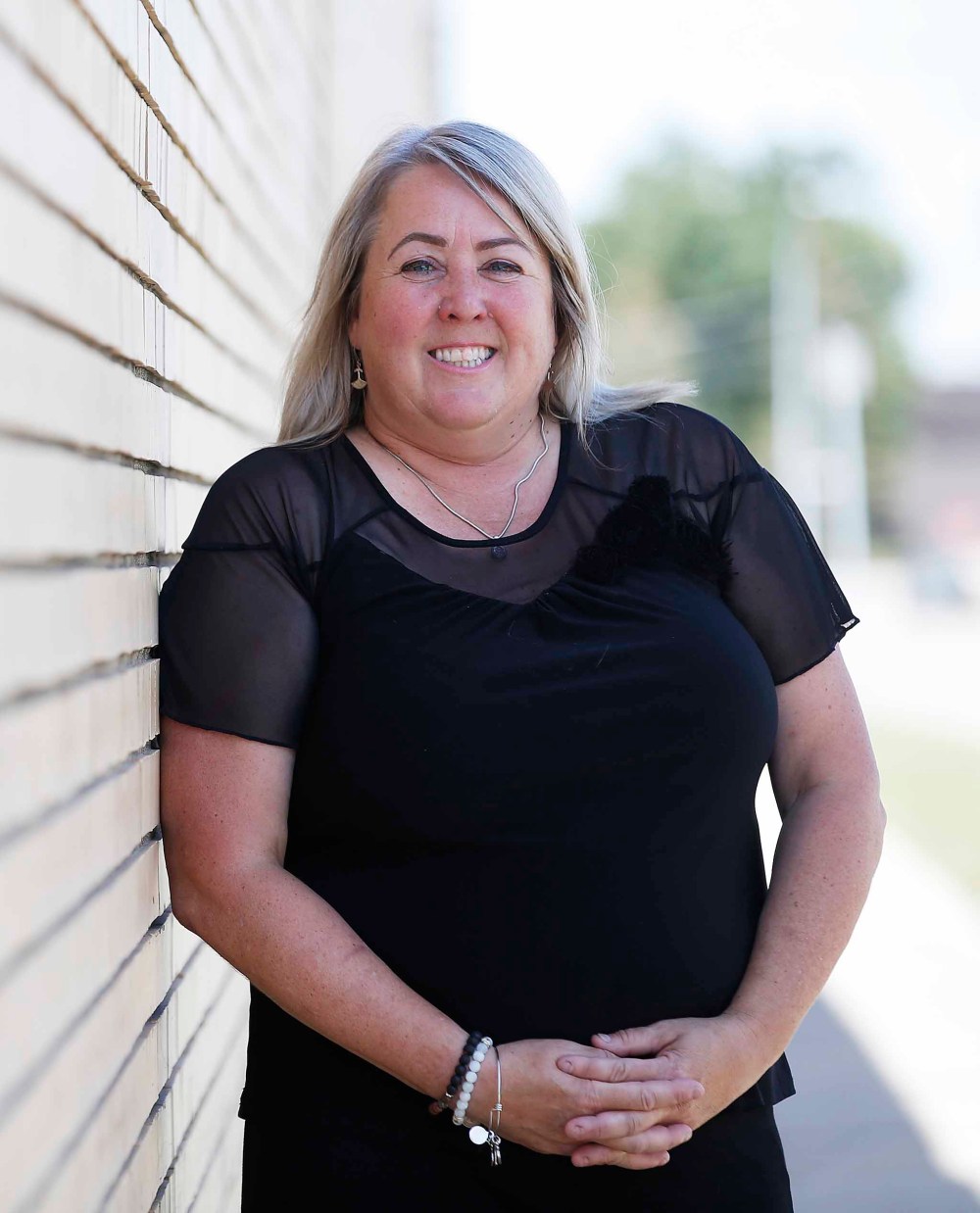
She decided to get tested after watching a news story about a couple who were asymptomatic, which put the thought in her mind that she could be, too.
She says no one treated her any differently after learning she had tested positive.
“I can’t even tell you — now I’m going to get emotional again — just how supportive my family is, my friends, surrounding myself with people who are good people… I just realized how incredibly blessed I am for the people that are around me,” she says, adding her story reinforces what the government has been saying in regard to self-isolation after travelling.
“We all can have an opinion, we can all read different professionals’ advice, but we are not experts,” she says.
“We need to follow the experts. We put these people in the position that they’re in with the assumption that they’re qualified, experienced and they’re knowledgeable…. If they want me to wear a mask and there’s zero negative impact on me, I will 100 per cent wear the mask.”
kellen.taniguchi@freepress.mb.ca
gabrielle.piche@freepress.mb.ca

Gabby is a big fan of people, writing and learning. She graduated from Red River College’s Creative Communications program in the spring of 2020.
Our newsroom depends on a growing audience of readers to power our journalism. If you are not a paid reader, please consider becoming a subscriber.
Our newsroom depends on its audience of readers to power our journalism. Thank you for your support.
History
Updated on Friday, August 21, 2020 4:56 PM CDT: Updates reported case and recover counts

